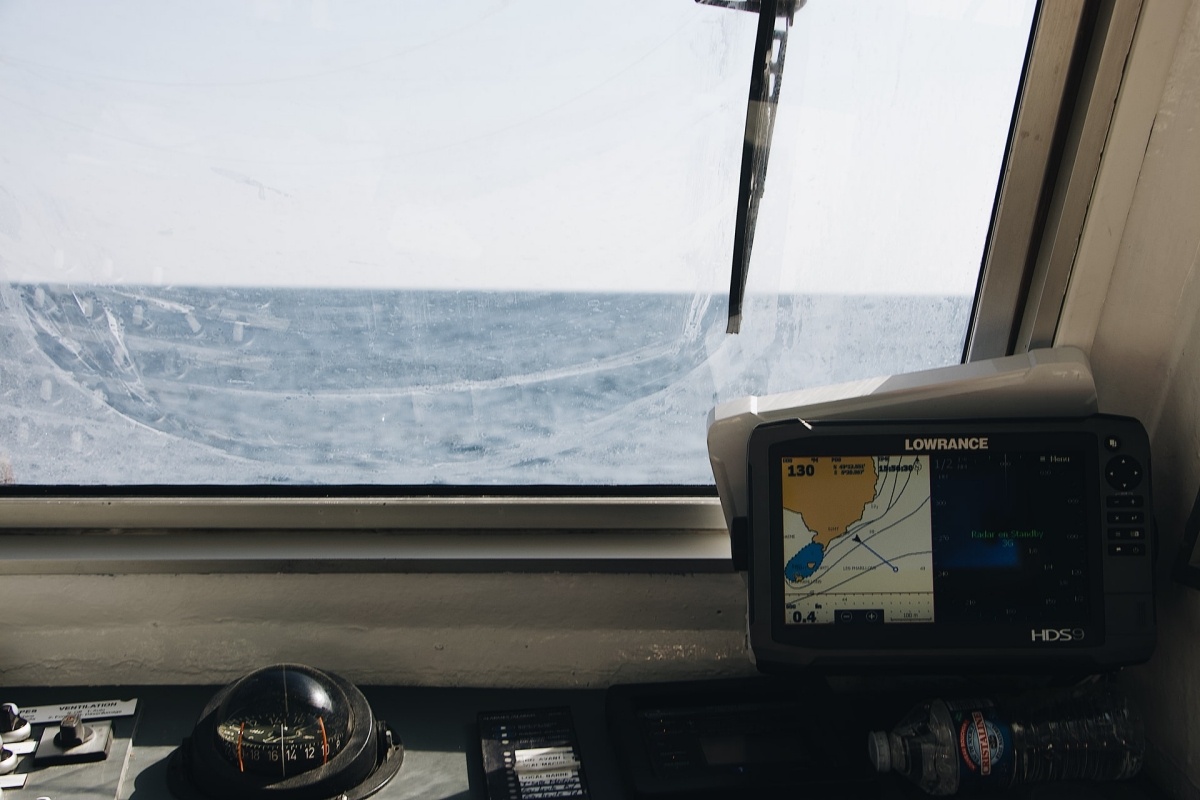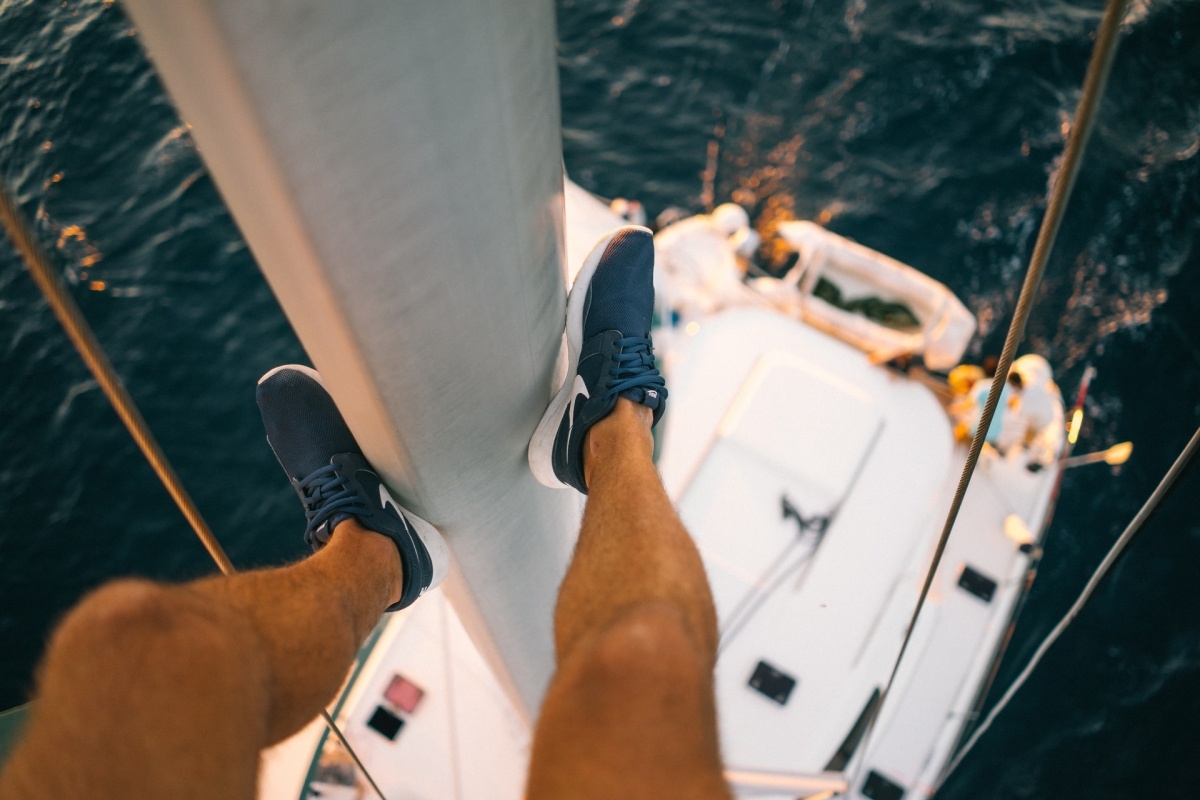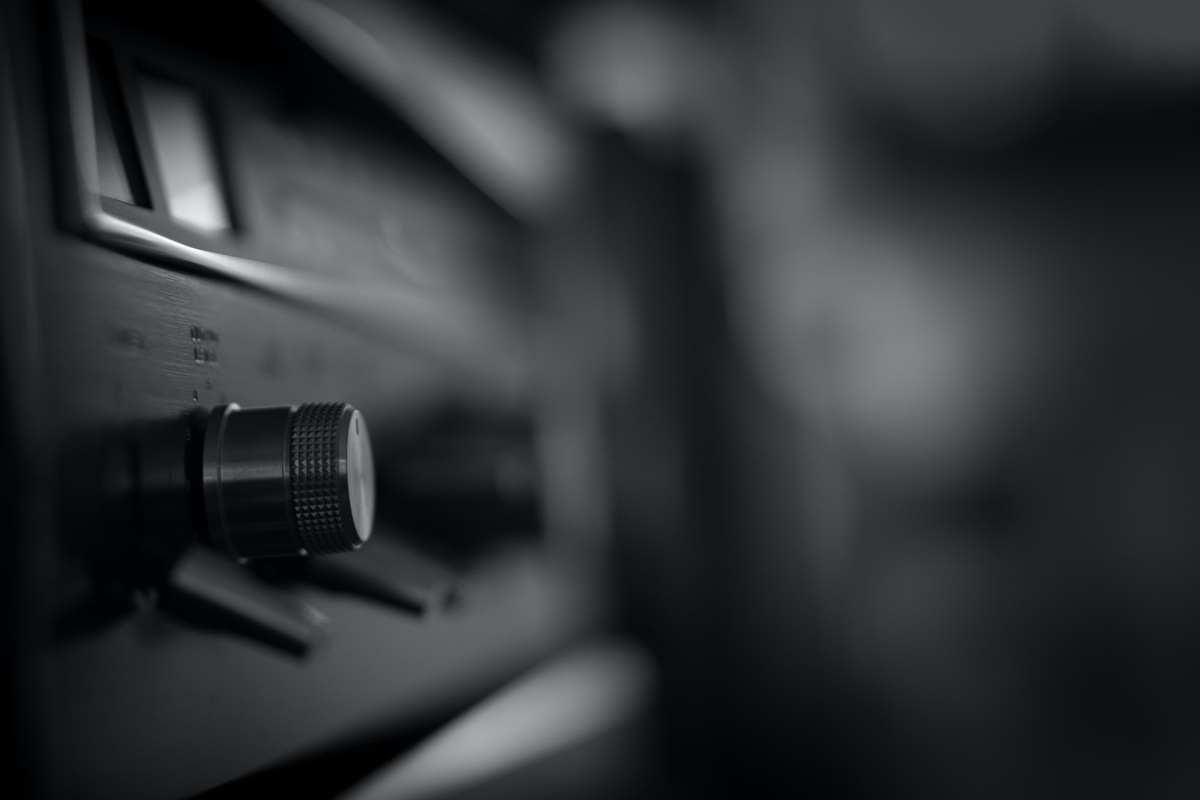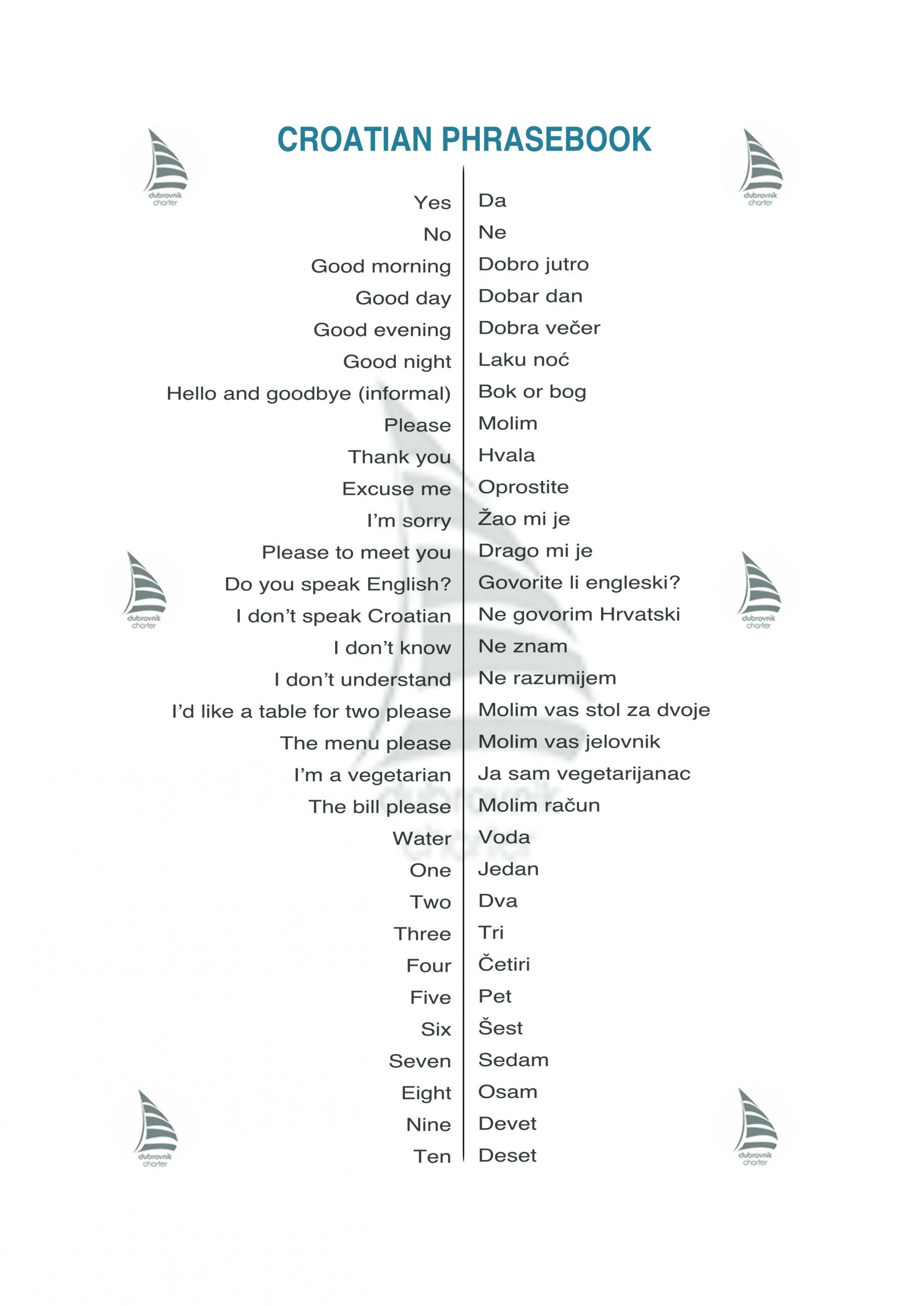SAILING TIPS
Yachting
Before you embark on your sailing trip, just after packing your duffel bag, that is the perfect time for this segment. Here is the essential information you will need and some Croatian vocabulary, primarily for fun.
GENERAL INFORMATION
Restaurants on the smaller islands do not accept credit cards (cash only – Croatian Kuna).
One could budget about 200 Kuna to 250 Kuna for a good meal per head.
Every inhabited island will have an ATM in one of the villages.
Refilling water is available roughly every second day of your trip. Diesel stations are approximately 25nm apart.
PORT POLICE & COAST GUARD
The coast guard or water police perform regular checks throughout the season and may potentially stop you while you’re on a cruise. The coastguard checks your crew lists, boat papers, tourist status, and skipper certificate to ensure everything is in order. In the case that there are unregistered passengers on board (not on the crew list), or you do not physically have a valid skipper license on board with you, you may be charged a fine.
MAINTAIN A LOOKOUT
Most boats are equipped with an autopilot that can lead to unexpected problems if not used appropriately. Make sure there is always at least one person “ON WATCH.” This person should be close to the helm and keep a lookout for other vessels, debris, FISH POTS, land, or other navigational hazards. In case of an accident due to lack of surveillance, severe fines and consequences can be applied. Make sure your lookout knows how to disengage the autopilot.
WEATHER REPORTS & COMMUNICATION
Accurate weather reports can be found on this link.
Channel 16 VHF (156.8 MHz) is the international distress frequency, monitored 24hrs/day by coast guards worldwide.
The best Meteo reports (In English) can be heard on the following wavelengths on your VHF:
Radio Dubrovnik
Broadcasting at, 07:45, 14:45, 21:45 VHF channel 04, 07, 28, 85
Radio Split
Broadcasting at 07:45, 14:45, 21:45 VHF channel 07, 21, 28, 81
TECHNICAL ONBOARD NOTES
Main battery switches
There are three big handle switches onboard in one of the back cabins – two are red, and one is black. The black switch is the negative, one red switch is the house battery, and the other is the engine battery (should be labeled). The engine and the house batteries are separate. When you start the engine, there is an electronic relay that joins together the two batteries. The battery switches are in the on position when you get on board.
12v DC panel
It is straightforward to understand; push to one side and switch on. Flick it in the opposite direction, and the system turns off.
Certain switches can be left on for your whole trip, as they will control lights that should have additional switches allocated to them. Other switches will need to be turned off when you finish using them (e.g., electric bilge pump).
In case of a shortage in the system, the switches will turn off.
Switches should be marked and typically reasonably logical to use. Boats with additional equipment may use spare switches for control (e.g., AUX).
If you are unsure what a switch does, turn all of them off and test them one by one.
VHF radio
Simple to use, the VHF radio has an on and off switch, squelch, and channel selection. The mike is equipped with a PTT (push to talk).
The toilet
Please note that nothing can be thrown into the toilet, not even toilet paper!
To flush the toilet, flick the grey lever to the right and pump up and down. To refill the water bowl, flick the grey lever to the left and pump up and down.
Newer yachts may have electronic toilets. Although the majority are pretty self-explanatory, please check with the owner for additional information.
Anchor windlass usage
Always start the engine at least 10 minutes before using the windlass, which helps boost the batteries to lift the anchor. The windlass will only work when the engine is on. It is best not to pull the yacht with the windlass towards the anchor. Putting such pressure on the windlass could activate the security switch. When handling the anchor winch, please keep away all body parts.
Navigation Lights
Most yachts have the Port and Starboard lights on the bow rail. The Steaming light is halfway up the mast. Some yachts may also have a deck floodlight. At the top of the mast is the anchor light. If you anchor in a bay and notice that the anchor light is not working, you can use your cockpit light instead. On the transom of the yacht is the stern light.
Published: March 10, 2022



